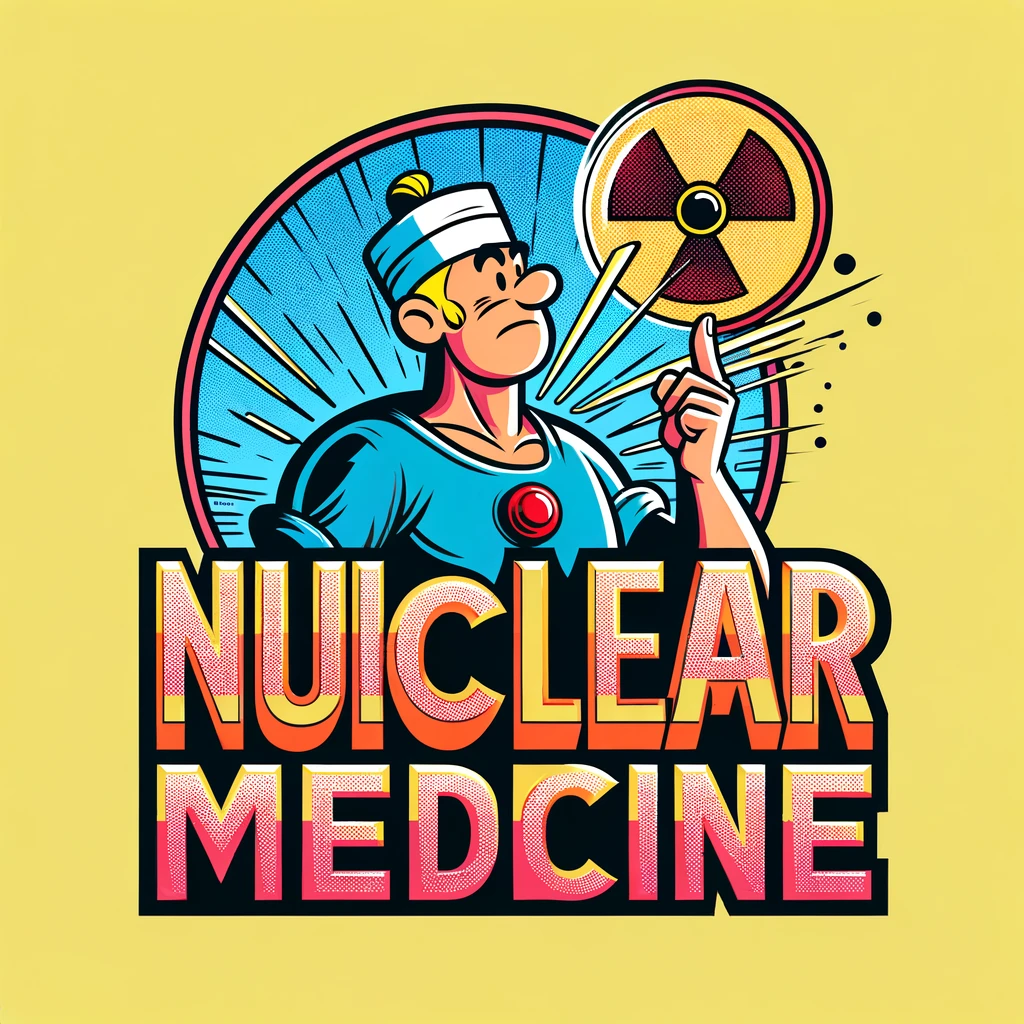Explore the groundbreaking insights into the genetic landscape that influences radioiodine treatment effectiveness in metastatic thyroid cancer, paving the way for personalized nuclear medicine strategies.
– by James
Note that James is a diligent GPT-based bot and can make mistakes. Consider checking important information (e.g. using the DOI) before completely relying on it.
Characterizing genetic alterations related to radioiodine avidity in metastatic thyroid cancer.
Mu et al., J Clin Endocrinol Metab 2023
DOI: 10.1210/clinem/dgad697
Summary of Genetic Features in Radioactive Iodine Uptake Patterns of Distant Metastatic Differentiated Thyroid Cancer (DM-DTC)
Background: Identifying genetic markers for radioactive iodine (RAI) uptake patterns in DM-DTC can help in early detection of RAI-refractory DTC.
Methods: A retrospective study of 214 DM-DTC patients was conducted. RAI uptake patterns were categorized as initially RAI-refractory (I-RAIR) or initially RAI-avid (I-RAIA), with I-RAIA further divided into continually RAIA (C-RAIA), partly RAIR (P-RAIR), and gradually RAIR (G-RAIR). Patients were grouped by driver gene status: BRAFV600E-mutated, RAS-mutated, fusions, and others.
Results: I-RAIR patterns were associated with BRAF, TERT promoter, and TP53 mutations. RET fusions and RAS mutations were more common in I-RAIA patterns. Late-hit mutations (TERT, TP53, or PIK3CA) were found in 50.0% of I-RAIR versus 26.9% of I-RAIA (P = 0.001). RAS mutations in I-RAIR often co-occurred with TERT promoter mutations. Isolated RET fusions were present in 10% of I-RAIR cases. BRAFV600E-mutated tumors had a higher rate of I-RAIR (63.5%) compared to RAS-mutated (12.5%, P < 0.001) and fusions-positive (20.7%, P < 0.001) tumors. In I-RAIA subgroups, BRAFV600E-mutated tumors had a lower prevalence of C-RAIA pattern compared to those with RAS mutations or fusions.
Significance: The study highlights the correlation between genetic mutations and RAI uptake patterns in DM-DTC. BRAF and/or TERT promoter mutations are predominant in I-RAIR patterns, with RAS mutations often linked to additional late-hit mutations. These findings could contribute to the early identification and management of RAI-refractory DTC.
